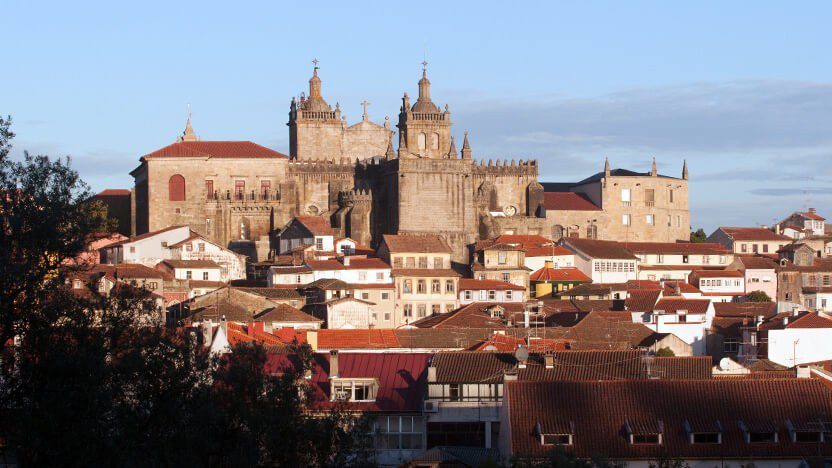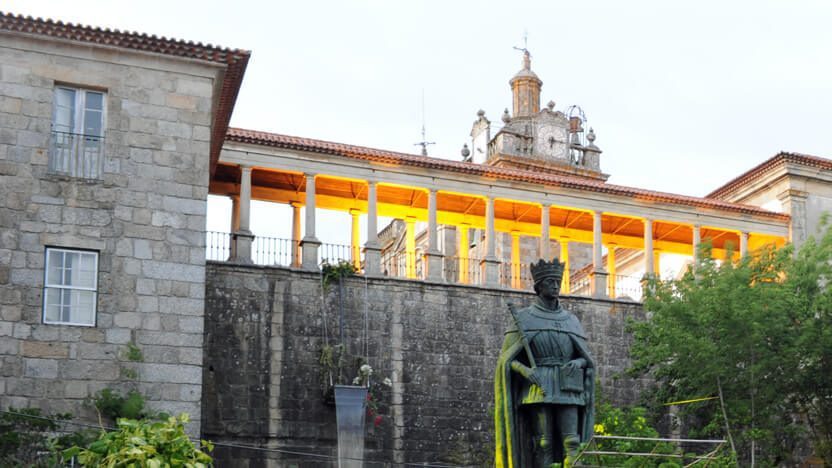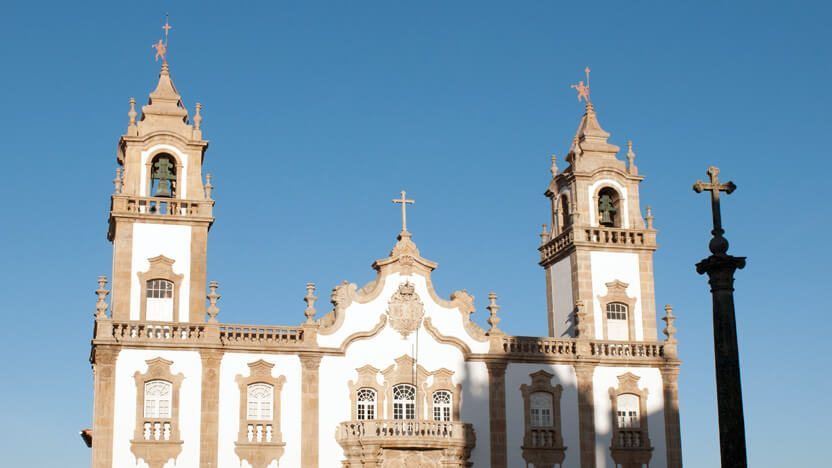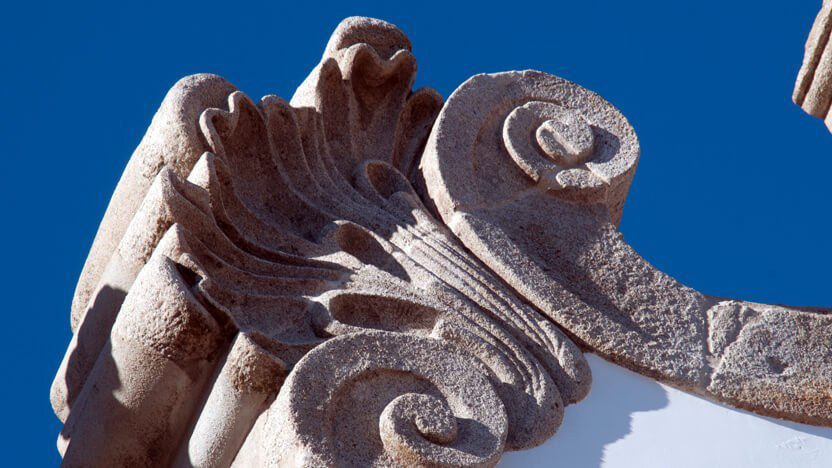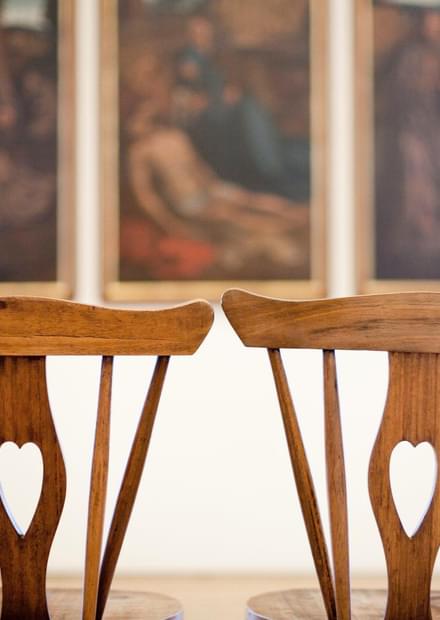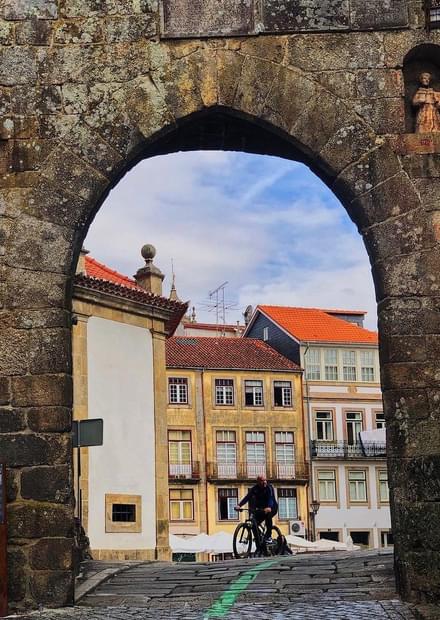Along with the magnificent Viseu Cathedral, a building with centuries old architecture, you will also be able to see Grão Vasco Museum, Misericórdia Church and Passeio dos Cónegos (Canon Walk) which make this a wonderful place.
At the centre, you will find the granite cross engraved with the episcopal coat of arms which seems to remind us of the purpose of this old square. Here’s what happens when the power of religion meets the love for the arts.
Viseu Cathedral
Seen from far, the towers of the cathedral are a reference point for those visiting the city of Viseu. The current cathedral was built next to an ancient Swabian-Visigoth temple possibly dating back to the 10th century during which the city was the capital to a large territory between the Douro and Mondego rivers. However, it was during the reign of King Afonso Henriques that this splendid cathedral, a symbol of Viseu’s History, began to take shape.
Sacred Art Museum of Viseu Cathedral
In addition to the its monumental architecture and the works dedicated to devotion inside, Viseu Cathedral also hosts the Religious Art Museum on the second floor. It consists of the old Cathedral treasure and displays a collection of images, liturgical vestments, worship paraments, choir books and furniture.
Learn more about the Sacred Art Museum.
Passeio dos Cónegos (Canon Walk)
The higher cloister of Viseu Cathedral leads to a wall panel and above it there’s a porch with colonnade, known as the Passeio dos Cónegos, a structure which, along with the Misericórdia Church and the Três Escalões Palace, surrounds the Cathedral Churchyard. With architectonic features of Italian inspiration, the design of Passeio dos Cónegos is attributed to Francesco da Cremona, the Italian architect who worked exclusively to the humanist Bishop D. Miguel da Silva.
Grão Vasco National Museum
Created in 1916 and deeply remodelled between 2001 and 2003, Grão Vasco National Museum was established in the Três Escalões Palace, next to the Viseu Cathedral, where the old seminary used to be.
Learn more about Grão Vasco National Museum.
Our Lady of Mercy Church of Viseu
Opposite to the Cathedral, a church of the 18th century with a front of rocaille art, that invokes Lady of Our Mercy.
Inside, the church only has one nave and the main chapel, separated by a crossing arch. You should appreciate its three retables in neoclassic taste, painted in white and gold. At the main altar rests an 18th century image of Our Lady of Mercy who protects believers who kneel at her feet.
Getting to the Cathedral Square
By Funicular
An old town with less cars and easily accessible. Here’s what brought the funicular to Viseu: a cheap and non-polluting transport which in little more than two minutes crosses the 400 meters which separate the cathedral churchyard from the São Mateus fair.
This transport includes two carriages with a capacity for 50 passengers each and can also take disabled people. It is considered essential for the revitalization of the old town, provides a nice and different ride whether you want to do some shopping at the market or you want to visit the cathedral churchyard, the museums or other landmarks in the most well-known area in the city.

